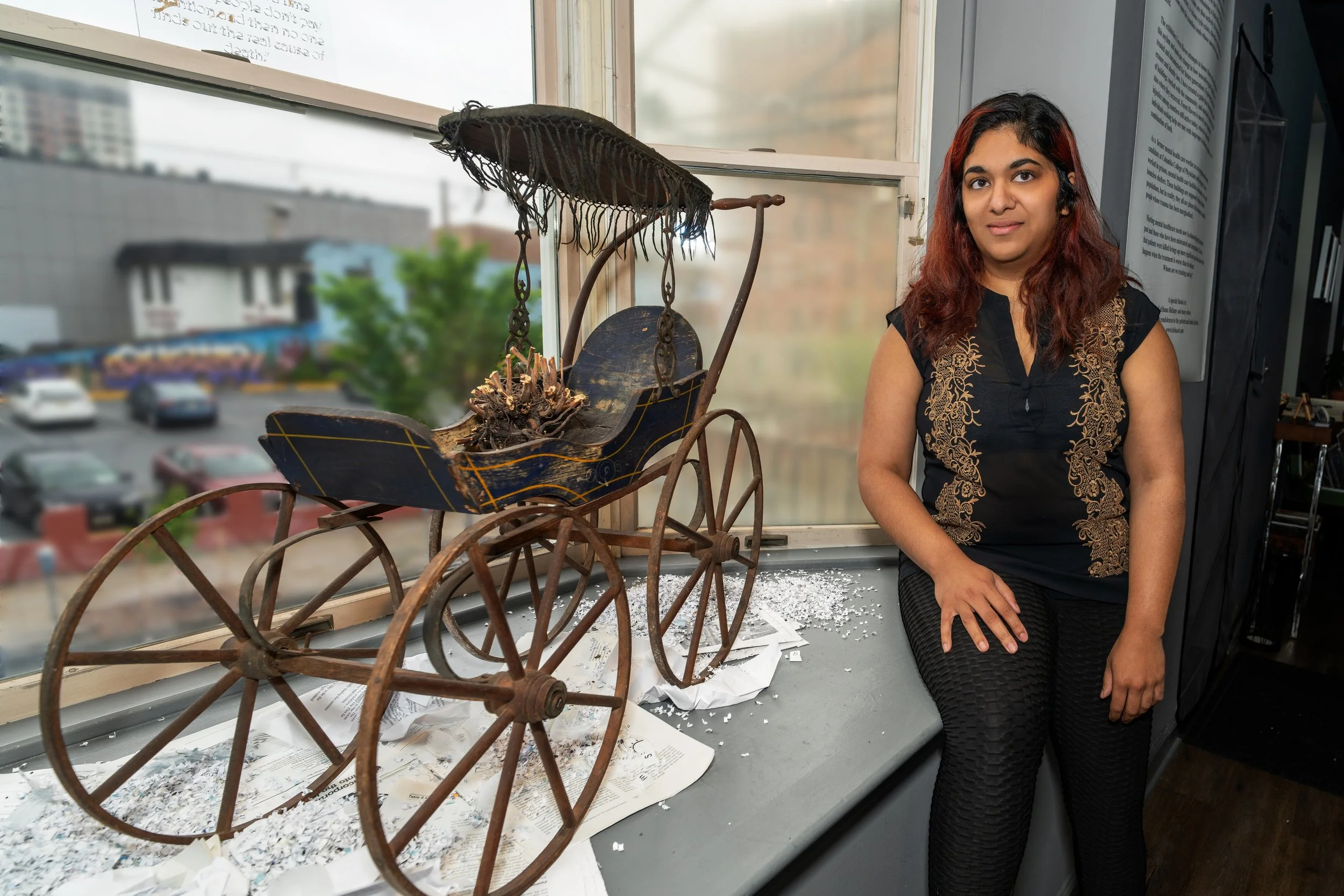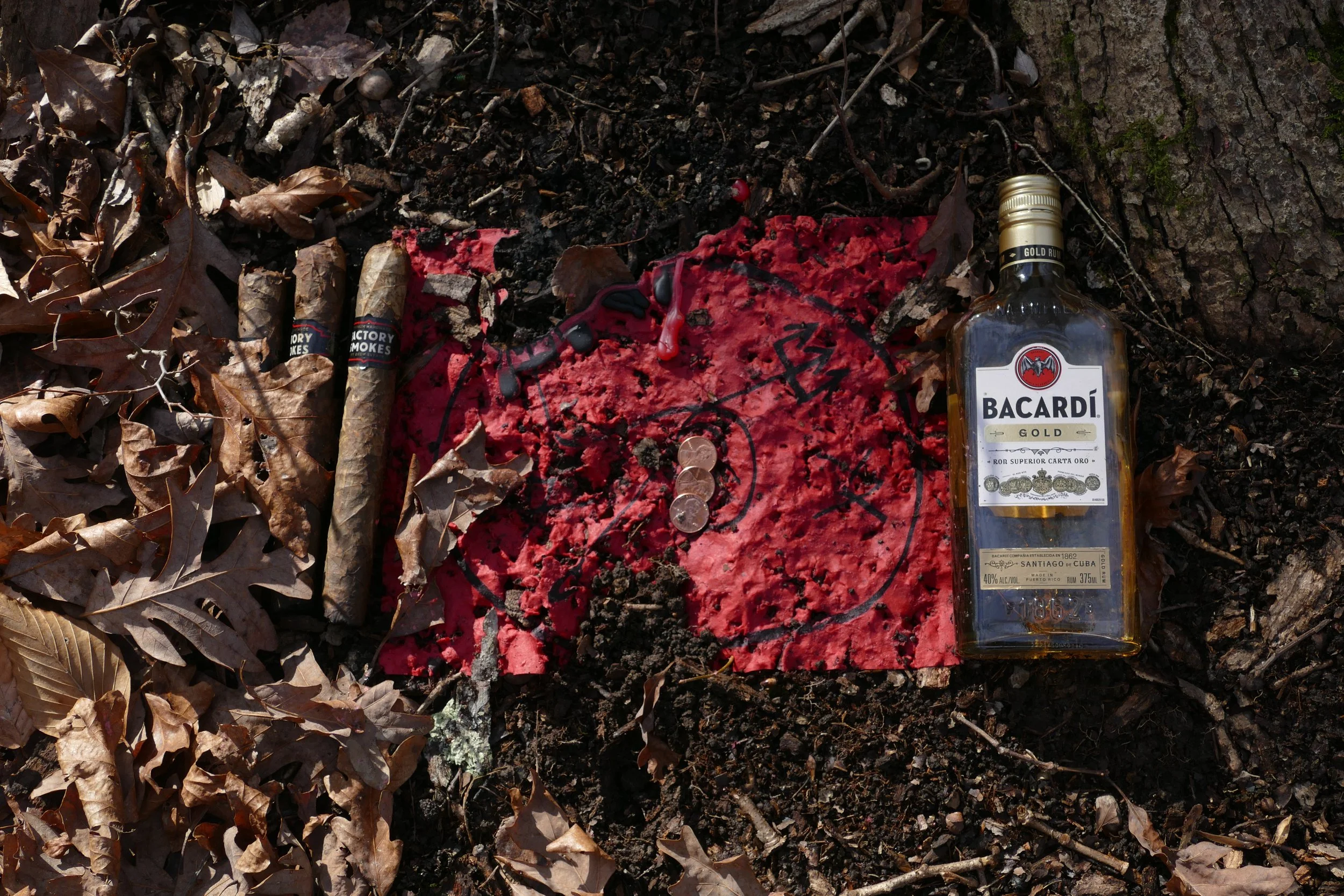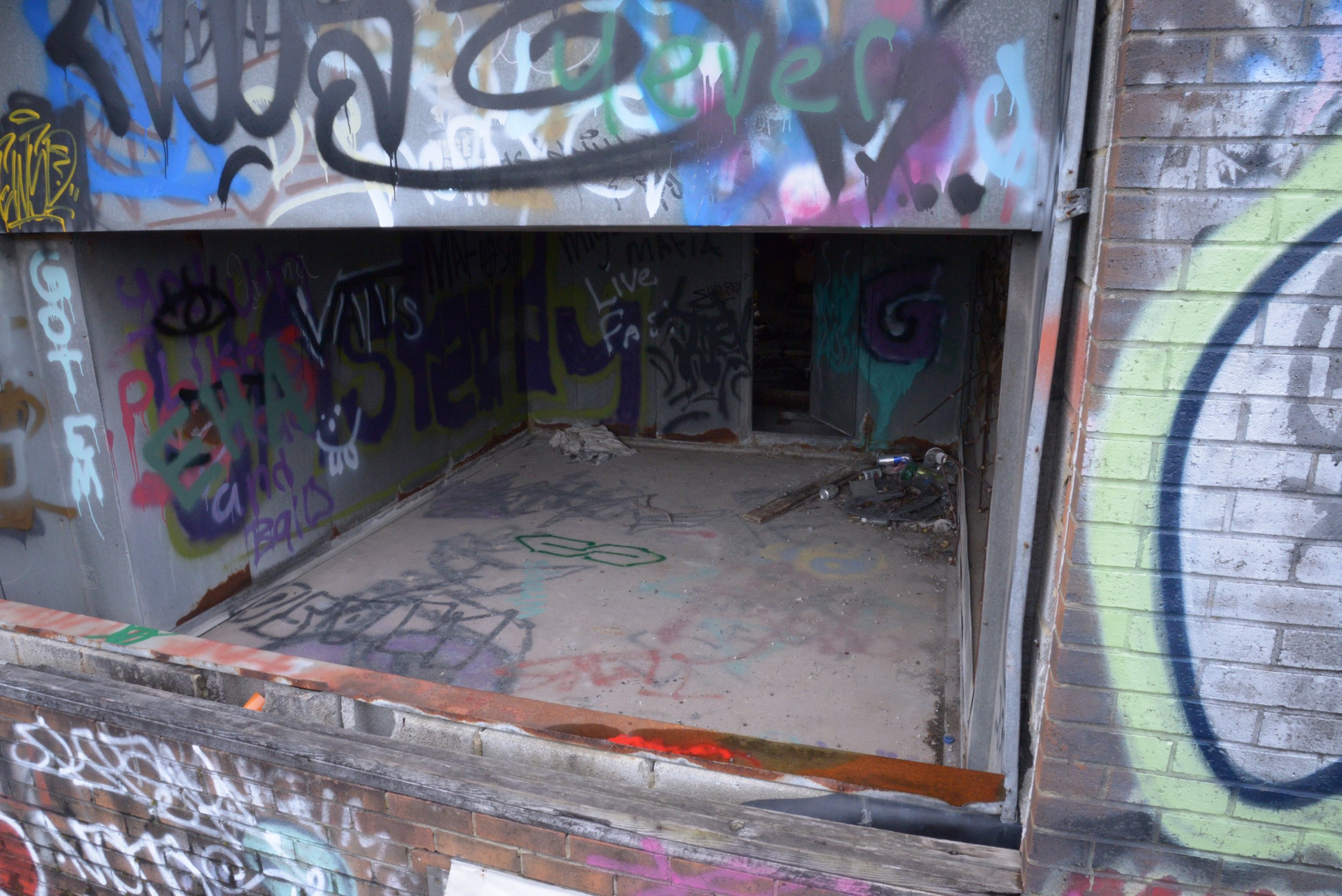Forest Haven Asylum
My current artistic practice revolves around researching the individuals who suffered abuse and malpractice while at the former Forest Haven Asylum in Laurel, Maryland. During the course of its sixty-six years as a federal institution for those considered mentally disabled, over three hundred patients died at the hands of caregivers, whom remain unprosecuted. Many of these deaths were left undocumented due to careless, institutional practice as well as deliberate negligence, and what remains of the Forest Haven grounds continues to deteriorate while remaining a federally-owned property. The history and lives of the victims are thus actively threatened by factors both human and natural. A vicious cycle exists therefore that places a risk of extinction upon the countless souls whose narratives remain silenced.
As a neurodivergent artist and medical professional, my research with Forest Haven Asylum is scientifically-driven and empathetically- motivated. While I seek to discover and collect data on the lives of former patients as an act of forensic investigation into malpractice, I also share the journey of an individual who experiences neurological differences that influence my daily life and functioning. My natural sense of social justice fuels a desire to offer a voice to these individuals through the power of both medicine and art that has never been offered previously. Clinical entities such as Forest Haven are often portrayed as footnotes from which society has progressed, but my experience within the medical world as both patient and provider continues to prove otherwise. Researching this asylum is an effort to elucidate the continued damage of similar institutions today upon the lives of marginalized communities and those deemed unfit for civil society, along with the bureaucracy that perpetuates this cycle. Institutionalization is the story of racism, sexism, ableism and how society has dealt with cloistering its larger problems. In later studies I examine the narratives of individuals who were wrongfully held including orphans, runaway women, and even immigrants who did not communicate in English.
This gallery features a pamphlet that was sent to Watershed residents who live on a new development next to Forest Haven. It informs them about the human rights issues that are occurring in their backyard and encourages them get involved. It is part of an ongoing community project to find resolution and acknowledgement for what happened at this site.
To access the site, which is monitored and inaccessible, I had to find a route to get to the buildings. The path was one I found, built, and documented to provide context for where the site was located in relationship to new housing developments.




































